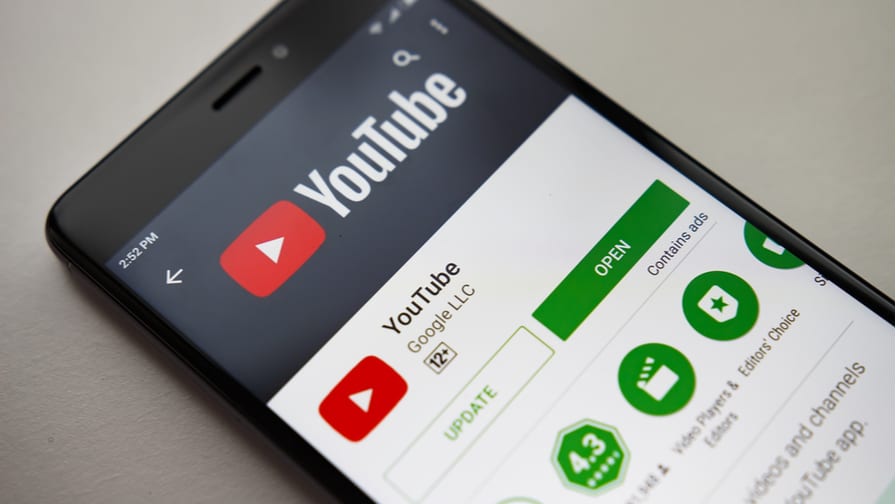YouTube has today (January 16) unveiled major updates to its approach to protecting ads served against inappropriate content while setting stricter requirements for video publishers looking to monetise their content on the social video platform.
The Google-owned video sharing site is doubling down on its efforts to ensure brand safety for advertisers, following a troublesome 12 months which saw a number of top global brands pulling their ads from the video platform due to ads being served against exploitative content.
As part of its plans for greater control over ad placement, a “three-tier suitability” reporting system will be introduced to allow advertisers to reflect their view of appropriate ad placements, giving them control over which content is deemed as suitable to serve their ads next to.
In addition, all video channels included in Google Preferred will be manually curated, while ads will only be placed on videos that meet the platform’s ad-friendly guidelines.
“The challenges we faced in 2017 have helped us make tough but necessary changes in 2018,” said Paul Muret, VP, display, video ads, analytics at Google.
YouTube is working with Integral Ad Science to launch its update, alongside other partners such as DoubleVerify, ComScore and Openslate.
“These changes will help us better fulfill the promise YouTube holds for advertisers: the chance to reach over 1.5 billion people around the world who are truly engaged with content they love.” Muret added.
YouTube Partner Program
Further updates announced include changes to the YouTube Partner Program (YPP) where content creators can monetise their content published on YouTube.
Under renewed criteria, publishers must now have 1,000 subscribers as well as 4,000 hours of watchtime over the past 12 months, in addition to the 10,000 lifetime views qualification.
Google’s chief producer officer Neal Mohan, and chief business officer Robert Kyncl, stated in a blog post that these efforts are necessary to prevent spammers, impersonators, and other bad actors “hurting our ecosystem” while continuing to reward those who make proper use of the platform.
On how this may impact publishers monetising content on YouTube, Matt Donegan, CEO of Social Circle said that the changes could signify the collapse of a key revenue source for content creators.
“We hear complaints every day about “Adpocalypse” so this has been happening for a while, but this confirms how difficult it is for influencers to make a living from their content.”
Donegan added that the rise of influencer marketing has “pushed brands to move their spend away from the risks of automated placement into a more controlled management in the same channels, that reaches audience costs effectively”.

